Thoughts on Limitations, or Can We Have Too Much of a Good Thing?

Sometimes there are things that stand in the way of our dreams.
We might feel that we don’t have enough time, or space, or stuff, or money to do all the things we want to do.
More time could mean getting everything done, having time for hobbies, dreams of all sizes, more time with our families, and time for tedious domestic tasks without ever dropping the ball or feeling exhausted.
More stuff could mean realising a big dream or ambition, especially if it is a creative one.
More space could mean bigger projects, or it could simply mean not having to clear your current project off the table when it’s dinner time.
Thinking that more is better naturally leads to the assumption that less is worse. In a society ruled by consumerism and busy culture, we are constantly being told that we need more, and we need to do more.
It’s true that there is always going to be a limit. We have to choose because we can’t do everything.
But sometimes the it’s the idea that we need more time, money, space or stuff that prevents us from even starting, rather than the lack of those things.
Limitations as a Limiting Belief
Sometimes the idea that we don’t have enough in order to do the thing that we want to do holds true. We can’t always do everything we would like to, and it’s not always true that we will achieve things if we want them badly enough. Time, space, money and energy are all necessary to a certain extent, and there are always going to be limits to what we can do.
But often, it is the idea of not having enough is the thing that stops us, rather than actually not having enough. We think we need more, when actually, we might be able to more than we think we can with what we already have. So it becomes a limiting belief, a self fulfilling prophecy.
We might want to write a book, but we can’t because we’re busy. But busy people manage to write books! Some people write for half an hour first thing in the morning every day and they get it written that way. It might take them 5 years, but if they had clung to the belief that they didn’t have time, they wouldn’t have written it at all.
The Flylady tells us to focus on what we can do, not on what we can’t, and to jump in where we are. She says this specifically with getting domestic disasters under control and keeping them that way, but it can apply to other areas of our lives as well.
It’s important to say here that I’m talking about applying this idea to the things we want to do and that are important to us, not as a way to make our lives even more busy. I would never advocate cutting back on sleep or packing more into our lives than we can comfortably manage. The point is that we can often do a lot more with a little than we think we can.
So What Can We Do?
Spending half an hour a few times a week on a big project or dream will soon add up.
A few minutes learning a language, watching some painting tutorials on YouTube or tackling a messy area will bring improvements.
Putting a little desk into an alcove, or the space under the stairs, or in an empty corner will give you a place to make stuff. It’s not the same as having a whole room, but it’s still somewhere where you can work on something that’s important to you without having to move it or put it away every time.
Maybe you can’t afford to buy lots of new material or an expensive paint set. But it’s always worth looking in charity shops and online for second hand stuff.
Abundance is No Guarantee
Having a lot of time, choice, or stuff is no guarantee that we ‘ll manage to do the things we want to do anyway. Sometimes having less is better for focusing our minds. You’ve probably experienced it yourself, when you’ve found you’ve got further along with a project in an hour than you previously have in a day!
We might believe that a lack of resources is the reason, but sometimes it’s not. All kinds of things can get in the way. We’re not always conscious of them. Fear is a big one. Perfectionism, fear of failing, not wanting to waste things, being afraid of how our lives might look if we take too many big steps to change them, can all be reasons why we don’t want to try. And they might be hidden behind the idea that we can’t because we don’t have enough.
Too Much Choice
If you go out for lunch somewhere and the menu is huge, it can be much harder deciding what to eat than if you go somewhere where the menu is smaller.
Walking into a shop where there is masses of choice of yarn can feel overwhelming. If you don’t know exactly what it you want, you might end up either buying too much, or the wrong sort, or even leave without buying anything (I’ve done that myself!)
Presented with a baffling array of fabric in all kinds of colours, textures, prints, sizes, and weights, it can feel overwhelming to the point of not knowing where to start.
Having limits means less choice which often makes it easier to decide.
How Much is Enough?
The idea that limits prevent us from doing what we would like to do, instead of focussing our minds by narrowing the choices we have, isn’t helped by the message that we hear all the time in the West, that the answer is always to buy more stuff that we don’t necessarily need.
As well as often not being the answer, it also raises the question of when enough is actually enough.
If we are still feeling dissatisfied, and we’re not managing to do the all things we want and need to do, does that mean we still don’t have enough? When does it stop?
It’s a dangerous message, that can be applied to many areas of our lives.
When I was at school, I had a friend who had an eating disorder. She was unhappy, and she believed that the reason she was unhappy was because she was overweight.
This was the early 90s, the age of extremely skinny celebrities like Kate Moss, and it was so easy for girls and young women to get caught up in this toxic skinny body culture.
My friend started to lose weight, but still wasn’t happy. She continued dieting and became extremely thin, but as her weight was not the root cause of her unhappiness, losing weight didn’t make her happy. In the end, it was when she failed to get onto a course to train as a nurse that she realised that it was out of control and she needed some help. With help, she was able to get a handle on it.
The idea of enough is vague, and in our consumerist culture we are always being told that we don’t have enough.
I can’t help but think that the current situation with the cost of living is at least partly due to this. How much of what we have do we actually need?
It serves the people who have the money and the power to keep us believing that we need more. What they don’t want is people saying, “Actually, you know what? My house is fine, I don’t need a new car, I’ll catch the bus, I don’t need new clothes, my kids don’t need anything extra and I don’t need a shiny new gadget, the old things still work fine”!
Whether it’s trying to live differently in the face of consumer culture, or trying to operate within the limits that we have, it can be a lot more useful to focus on what we can do with what we have, instead of listening to the messages that we always need more.
How Limits Might Look For Creative People
A few years ago I signed up for a series of workshops called Start Your Art. I’m not exaggerating when I say that it was one of the best decisions I ever made. It proved to be a significant step on my journey from being somebody who thought she couldn’t draw and wasn’t an artist, to somebody who perhaps could, and maybe was.
One of the workshops involved a woman painting flowers and leaves. I recall the surprise I felt when she turned to her watercolour set to choose which colours to use. I had never seen such a huge paint set before. I didn’t even know they made ones that enormous! The set was several layers of dinner plate sized trays full of those little cubes of paint. Every colour imaginable was there in front of her.
I’m not criticising or judging that lady. She had experienced some health challenges, and was making some big changes a bit later in life. She clearly felt she needed that gigantic paint set, and she might have felt it was necessary to have it if she was to realise her dream of becoming an illustrator. And as I’ve said, those workshops helped to change the trajectory of my own life.
However, it is very easy to see how someone could believe that not having a massive set of watercolours was preventing them from even attempting watercolour painting.
Again, no disrespect to that lady and the choices she made, but having the most enormous set of paints you can find is not a necessary step towards becoming an artist. And actually, having a smaller paint set makes things easier and could even improve your painting.
I’m a believer in using decent stuff. I’m not going to tell you that the paint set your grandson got in a party bag will do. I know there are people in internetland who make amazing art using the cheapest stuff they can find, but using art supplies that aren’t very good can be a frustrating experience, especially if you are a beginner. A smaller set aimed at people who are at an intermediate level is probably best. That way you’ll get good results without being too afraid to use them!
A common problem with new painters that I experienced myself is that the colours in your paintings might seem off, even if you matched them quite well.
The answer is to mix the colours yourself from a limited number. So if you need green for the painting, mix your own from blue and yellow. And here is the most important thing: use a blue and a yellow you have used elsewhere in the painting. It works in a similar way to an Instagram filter, or the way the light is at a particular time of day, and gives the colours a cohesiveness.
So watercolour painting is one way in which having limits can actually be better.
Other Ways That Limits Can Help Us
Decide to Use What we Have, Instead of Buying More
Having too much can make us feel like we are drowning in stuff. I’ve talked about this before. It becomes harder to keep under things control, and it can be difficult to know what we have already. Buying more only makes it worse!
Too much stuff can also turn what ought to be an enjoyable activity where we can express our creativity into something that makes us feel guilty and ashamed.
Choosing to use what we have already means that we don’t need to feel guilty about buying more, and by regularly going through what we have, we will have a better idea of exactly what is in the pile of fabric or the box of yarn.
It also means that we don’t spend ages trying to find the perfect print or the perfect colour. Often, close enough is fine! And if it’s not quite right, we can use our abundant creativity and resourcefulness to make it work.
Decide on a Limited Colour Palette Beforehand
This is where it is very easy to have too much of a good thing!
Sometimes you might want to go for an all out, every colour of the rainbow kind of vibe.
But usually, too many colours will make a thing look disjointed. It’s true whether you are making a quilt, crocheting a blanket, painting a picture, planning an outfit or designing a website.
Too many colours will make it look busy and chaotic. I’ll say a bit more about colour theory another time, but using a photo as a starting point can be helpful.
Seeing What Time and Space We Have, and Thinking How We Can Use It
Having a big block of time and a nice big space to work in sounds like the perfect situation. But for those of us who live in small houses and wear lots of hats, it’s not going to happen without some serious changes that might not be possible.
The feeling that we don’t have the time or the space can be the thing that stops us. We might feel that we need several hours free when we never have more than 20 minutes at a time. Or we need a whole room, but all our rooms have things in them and people using them. So we put off doing things that are important to us until that mythical time in the future when we have whole days and whole rooms free.
But you can do an awful lot in smaller chunks of time and when space is limited! 15 minutes might be enough to make a start on a big project. I’ve talked about finding space when space is limited before. And as I’ve said already, abundance is no guarantee and the idea of enough is vague. I know of people who have whole craft rooms and feel that they don’t have enough space!
Having limited space and time means that we have to be focussed and possibly more organised than we would naturally be. That in turn enables us to work on our big dreams and creative projects.
Ultimately, there are always going to be limits. We can’t always do everything, and space is going to be limited. But we can probably do plenty with what we have already. We just need to approach it in a different way. Instead of assuming we need more, we can ask ourselves, “What can we do now?”. And limits can be a good thing! They can stop us from feeling overwhelmed by too much stuff, or too much choice. And using a limited number of things can often make the outcomes better. So limits can be a good thing!
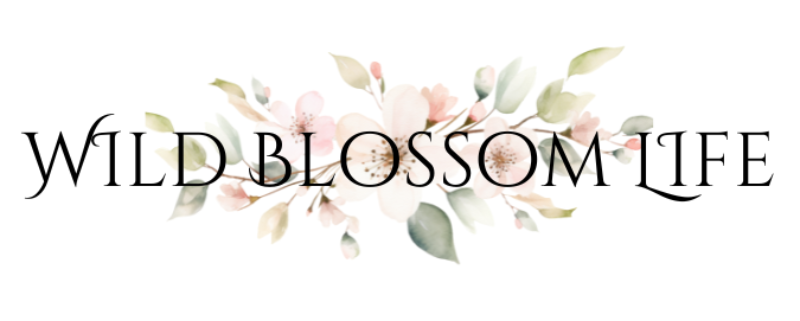
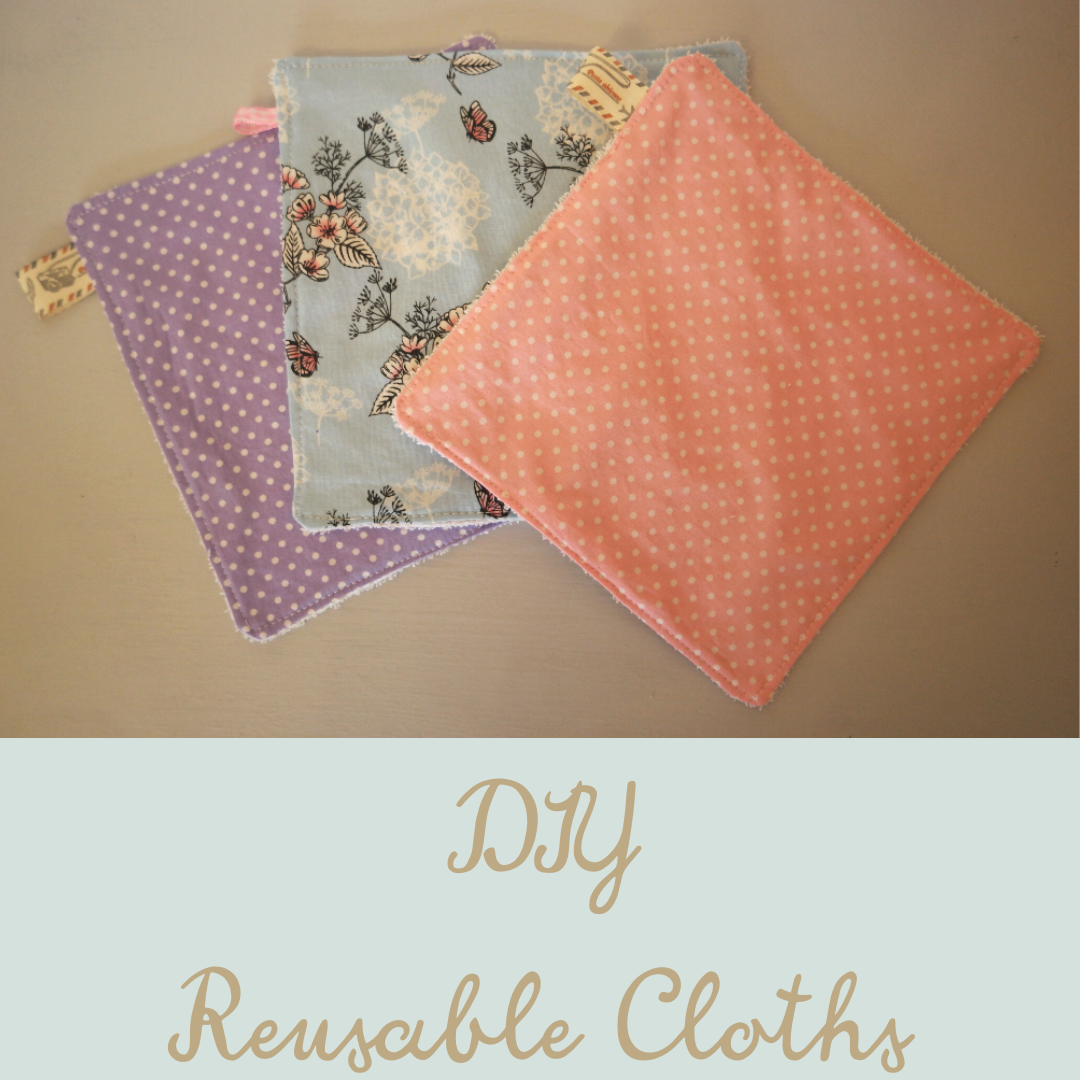
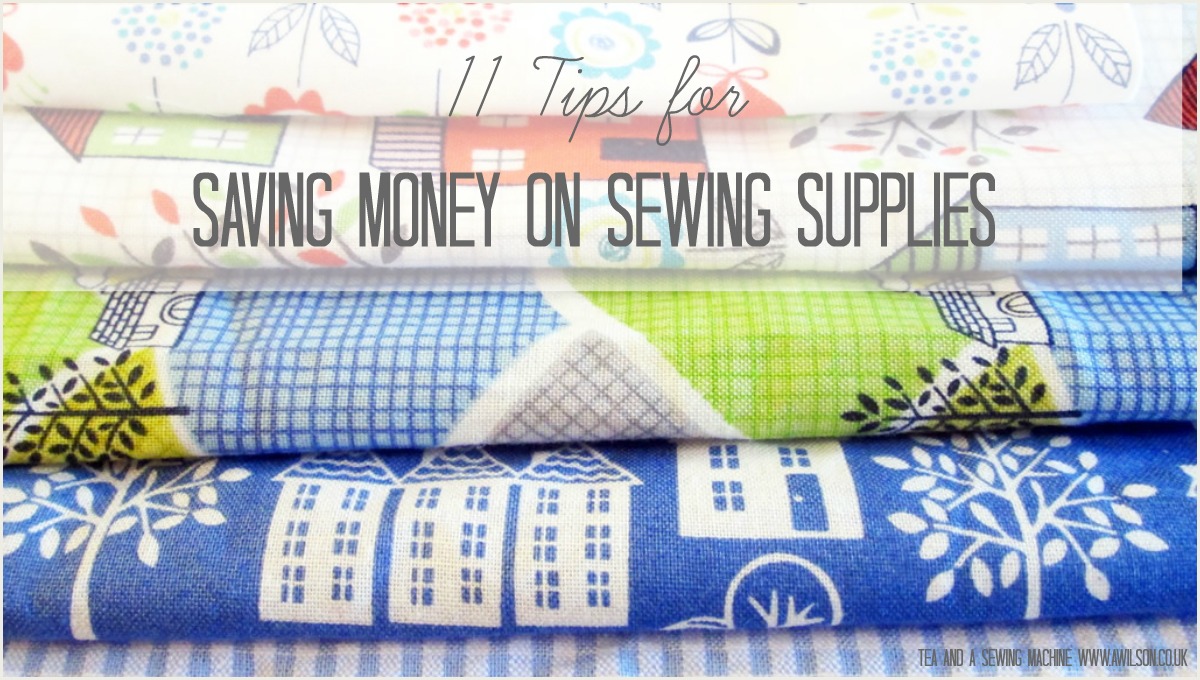
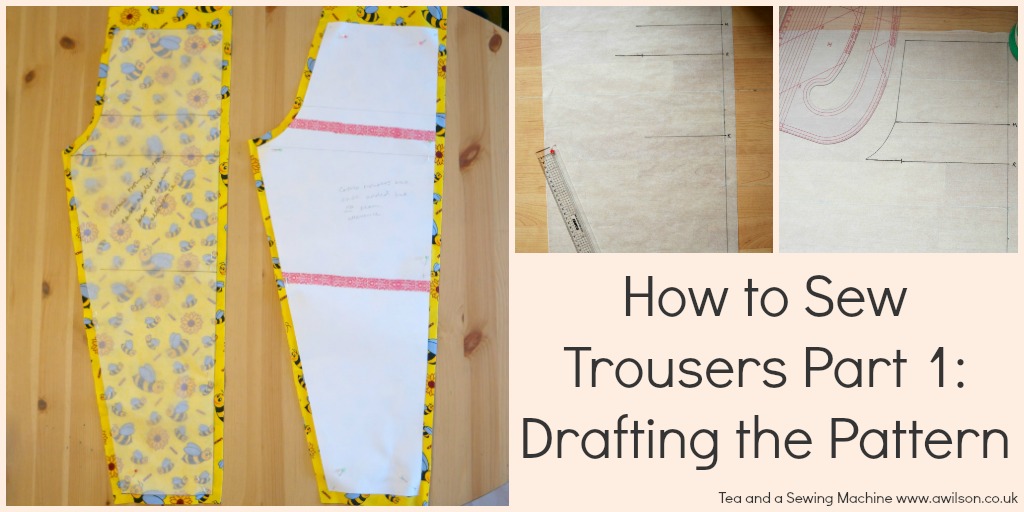

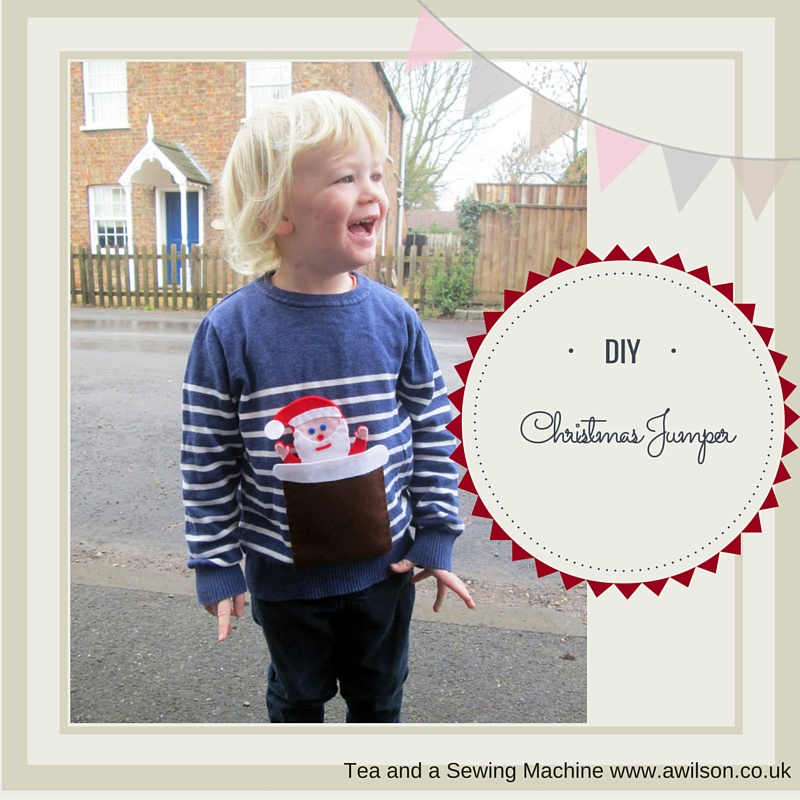
One Comment